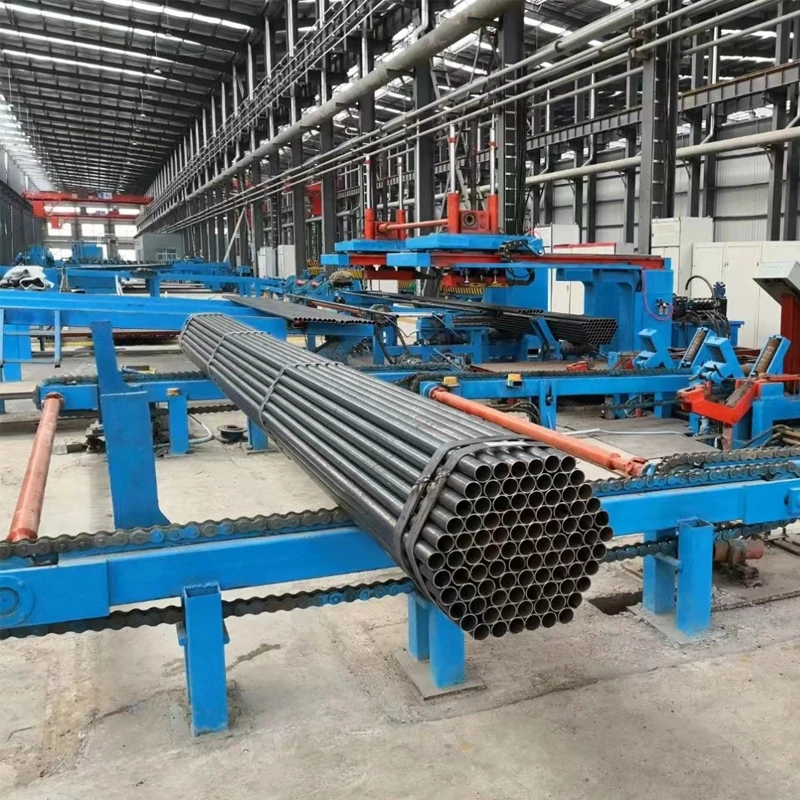foam molding machine
Understanding Foam Molding Machines A Key Component in Modern Manufacturing
In the contemporary landscape of manufacturing, the pursuit of efficiency, quality, and innovation is paramount. Among the various technologies that have emerged to streamline production processes, foam molding machines stand out as integral tools, especially in industries such as automotive, packaging, and consumer goods. These machines are responsible for creating foamed products that are lightweight, durable, and versatile. This article delves into the functionality, applications, and advantages of foam molding machines, providing insights into their relevance in modern manufacturing.
What is a Foam Molding Machine?
A foam molding machine is specialized equipment designed to produce foam products through various molding processes. The main types of foam materials commonly utilized include polyurethane, polystyrene, and polyethylene. These materials are favored for their insulating properties, shock-absorbency, and lightweight characteristics. Foam molding machines operate by mixing chemicals to produce a reaction that results in foam, which is then injected into molds where it expands and solidifies into the desired shape.
The Technology Behind Foam Molding
The core operation of foam molding machines relies on the principles of chemistry and engineering. Typically, the process begins with the combination of liquid polymers and blowing agents. When these substances react, they generate gas, causing the mixture to expand. The expansion process creates foam that fills the mold cavity. There are several methods of foam molding, including
1. Injection Molding In this process, the foam mixture is injected into a closed mold, where it expands and takes the shape of the mold. 2. Compression Molding Here, the foam is compressed and then released into a mold, allowing it to expand and fill the space.
3. Transfer Molding This technique involves transferring the foam mixture from a heated chamber into a mold under pressure, promoting uniform expansion and shaping.
Each of these methods has its unique advantages and is chosen based on the desired product characteristics and production requirements.
Applications of Foam Molding Machines
foam molding machine

Foam molding machines have a wide range of applications across various sectors. In the automotive industry, they are used to produce lightweight components such as seat cushions, dashboards, and thermal insulation elements, contributing to enhanced fuel efficiency. In packaging, foam molding creates protective casings for fragile items during transportation, minimizing the risk of damage. Additionally, consumer goods such as mattresses, furniture, and sports equipment also benefit from foam molding, offering comfort, durability, and customization options.
The healthcare sector is increasingly utilizing foam molding for products like medical devices and protective gear, ensuring that essential items are both lightweight and resilient. The versatility of foam products opens up numerous possibilities for industries looking to innovate and improve their offerings.
Advantages of Using Foam Molding Machines
Investing in foam molding machines presents several advantages to manufacturers
1. Cost Efficiency Foam products tend to be lighter than traditional materials, leading to reduced shipping costs and lower overall production expenses.
2. Customization Foam molding allows for a high degree of customization. Manufacturers can easily adjust the foam formulation, density, and shape to meet specific customer requirements.
3. Energy Efficiency Modern foam molding machines are designed with energy-saving technologies, minimizing energy consumption during the production process.
4. Quality Control With advancements in technology, foam molding machines offer precise control over the mixing and molding processes, ensuring consistent product quality and performance.
Conclusion
Foam molding machines are pivotal in driving innovation and efficiency in manufacturing. Their ability to produce lightweight, durable, and cost-effective products makes them indispensable across various industries. As manufacturers continue to seek ways to enhance their processes and offerings, the role of foam molding machinery will likely expand, paving the way for new applications and developments in this ever-evolving field. Companies that embrace this technology will be well-positioned to meet consumer demands while maintaining competitiveness in the global market.
-
High Frequency Straight Seam Welded Pipe Production Line|BzZhou Xinghua|Precision Welding&EfficiencyNewsJul.30,2025
-
High Frequency Straight Seam Welded Pipe Production Line - BzZhou Xinghua|Precision Engineering&EfficiencyNewsJul.30,2025
-
High-Frequency Straight Seam Welded Pipe Production Line-BzZhou Xinghua Machinery Equipment Manufacturing Co., LTD.NewsJul.30,2025
-
High-Frequency Straight Seam Welded Pipe Production Line-BzZhou Xinghua Machinery Equipment Manufacturing Co., LTD.|Precision Manufacturing, High EfficiencyNewsJul.30,2025
-
High Frequency Straight Seam Welded Pipe Production Line-BzZhou Xinghua Machinery Equipment Manufacturing Co., LTD.|Precision Steel Pipe Manufacturing&Industrial EfficiencyNewsJul.29,2025
-
High-Frequency Straight Seam Welded Pipe Production Line-BzZhou Xinghua Machinery Equipment Manufacturing Co., LTD.|Precision Steel Pipe Manufacturing&Industrial EfficiencyNewsJul.29,2025


